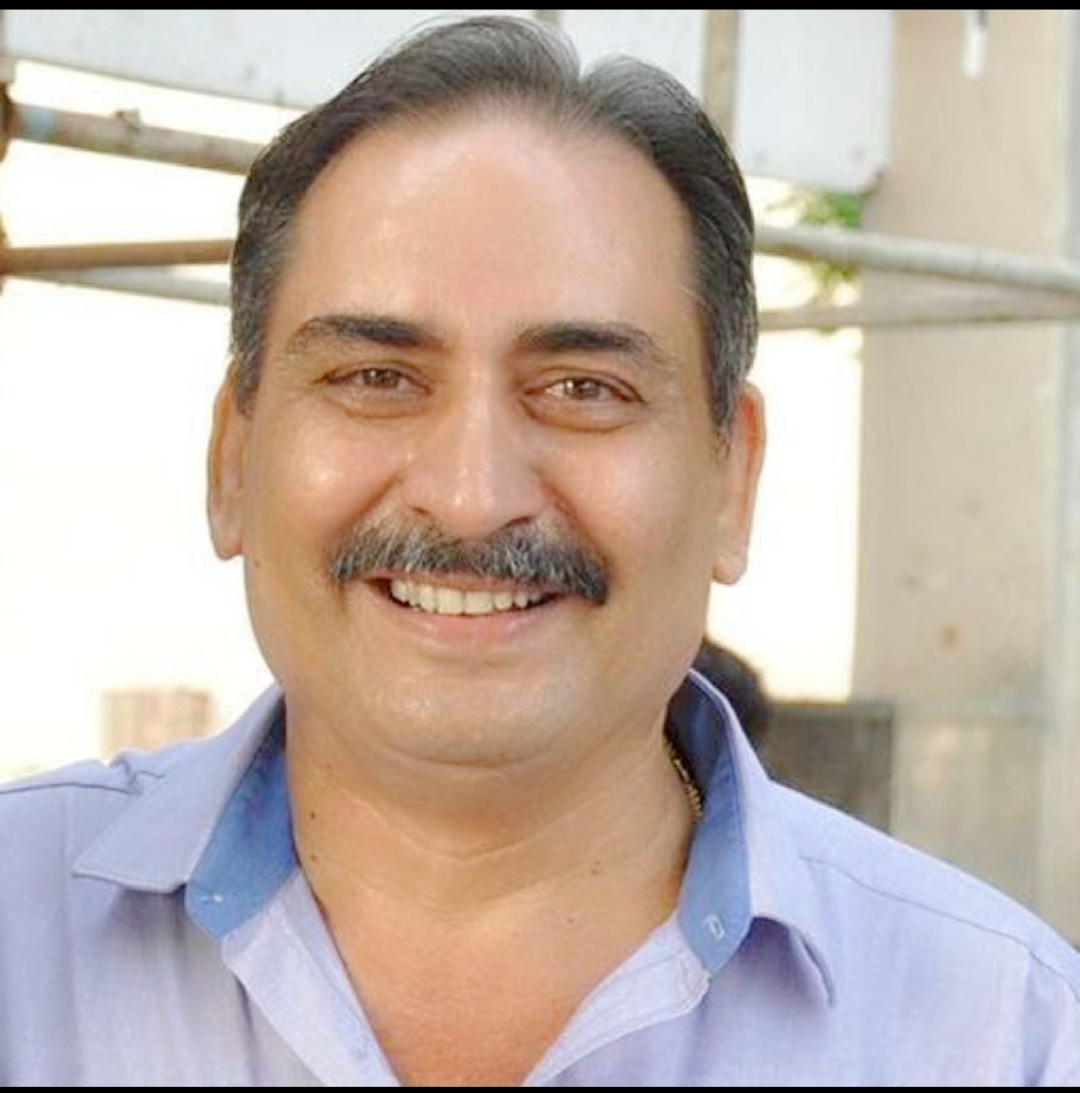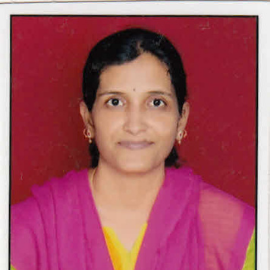Agenda
Conference Schedule
Day 1 full schedule
June 23, 2022 @ 10:00 - 13:30

Nijhuma Kayal
ScientistCSIR-Central Glass and Ceramic Research Institute, CSIR, Kolkata
India
ABSTRACT
Large amount of industrial solid state waste coal fly ash are generated worldwide from power plants, management of such industrial waste are a serious concern to prevent environmental pollution. Fly ash considered as useful resources for fabrication of high value-added material as it contains potential mineral resources. Currently, fly ash mainly been used in brick manufacturing fabrication nitrides, carbides, oxides composite materials, sialon, zeolites, sorbents, etc., and also in road construction.

Amardeep Sharma
DROSS Pvt. LtdDross Management System & Energy Solution Pvt. Ltd. Mohali
India
ABSTRACT
Most of the world faces major problem of municipal solid waste generation and environmental Challenges. Every seventh person on this planet is Indian, so India is facing the more problems of inadeqaute resources for waste collection, transport and non-availability of technology for treatment and permanent disposal.

Snehalata Ankaram
Assistant ProfessorDept. of Zoology, Vasantrao Naik Mahavidyalaya, Aurangabad
India
ABSTRACT
Organic wastes are biodegradable and mostly non-hazardous. These wastes originate from agronomical waste, market waste, kitchen waste, urban wastes and municipal solid waste etc. Global organic waste produced is 38 billion metric tons and in India about 350 million tonnes are organic wastes from agricultural sources.

Monika Thakur
Associate ProfessorAmity Institute of Food Technology
India
ABSTRACT
In the present scenario the solid waste disposal is one of the major concerns world-wide. Various common waste like agricultural residues, temple waste and domestic waste are enriched with carbon content and not good for the environment.
Recycling of waste materials - A new strategy to reduce environmental degradation and promote economic development through employment

Sumanta Bhattacharya
Research ScholarMAKAUT
India
ABSTRACT
Waste management has now become a significant part of our life. Waste management is very important to protect ourselves from the growing effect of climate change. Recycling and the adoption of a circular economy can help to minimize the use of natural resources and forestry for the extraction of raw materials for the manufacture of different metals, plastic, glasses, and many more. Today recycling of waste materials for the production of new material has become a part and parcel of life, where fruits waste is being used for the production of alternative energy, agricultural waste for the production of homes, for the production of fabric, and many other products. Organic waste is being used for producing sanitizer. Sustainable development through recycling and reuse of products can save our planet from further mining and destruction of the environment. Recycling produce requires less energy and recycled produce is cheaper, environment-friendly for the production of new materials than the extraction process. For instance in America recycling of waste materials has opened 1 million new job opportunities . , at the community level also recycling provides new jobs
opportunities in the whole process from recycling to processing to transportation, the collection of recycling materials and finally selling them. Nanotechnology is the key element for treating waste management today. Today the textile industry is using Plastic and agriculture plants to produce clothes instead of cotton which requires gallons of water. Recycling is a requirement to protect our nature from further destruction. E-waste, food water, textile waste, industrial waste, and organic waste are equally responsible for the rise of greenhouses gases in the atmosphere, recycling can reduce the emission of 20 million tonnes of carbon dioxide into the atmosphere, recycling and waste management is required not only to keep the environment clean but also to protect our marine life as the ocean is one of the largest places to dump garbage, open burning of garbage in the landfill future results in the rise of air pollution, maximum reuse and recycle can save our planet with a shift towards circular economy aiming for a green future. The COVID-19 pandemic has seen a rise in organic waste and medical waste were as a decline in industrial waste. Countries during this pandemic have forced on digital transformation and sustainability to reduce carbon footprints with everything going digital, the move towards a cashless economy, digital education, work for the home concept. E-waste can be recycled and reused through the concept of circular economy which is a better option compared to the use of papers that are produced by cutting down trees. Recycling waste materials can make the earth healthier to live. Recycling with the use of advanced science and technology has made the process easier. Moreover, recycling and waste management have also opened door to produce zero waste with the help of new digital technologies, which will end the crisis of deforestation and eliminate environmental degradation.

Akanksha
StudentNIFT
India
ABSTRACT
The practice of plastic packaging in India is not new to us and so the adverse effects being caused by the consequences. Every year 59% and more percentage of plastic waste is caused by just products being used in packaging, with such magnitude of population where millions of products are ordered, packed and delivered every hour from one part of the country to the other, large no. of street vendors serving millions of parcels, packaging overall plays a vital role in the entire process. Owing to the demands due to a heavy increase in small businesses and online sales during and post Covid, Paper Packaging which is eco-friendly but has some bugs in terms of heat resistant and leak proof qualities is getting quite popular. This In-depth Study reflects upon the flaws which are limiting the process of adopting Sustainable packaging in India. It Includes well analyzed and synthesized research through previously collected data, conversations with the street vendors and E-commerce packaging behavioral study. Various Domestic plastic films manufacturing factory owners were approached. The results of the study shows that street vendors are unable to get their hands on a sustainable yet affordable substitute of the existing convenient methods. E-Commerce sites such as Amazon and Flipkart Substituted plastic films with paper sheets, plastic bags with Cardboard boxes, bubble wraps with Green Wraps but the results are not in the Favour of secure packaging of the products, paper packages cannot withstand extreme weathering conditions such as Rainy seasons. Street vendors serve low margined food thus cannot shift to the options which are expensive and inaccessible. The research also discusses about the fact that there are varieties of substitutes, the perfect ones are yet to be discovered with some modifications in the ones which are available. So, to think about benefiting the environment through an alternate approach, to gradually identify and move towards achieving sustainable packaging practices in India. Which also helps detect a strong enough substitute without disrupting the packaging value chain and make a report upon possible healthy practices in contrast with already existing ones. In conclusion figuring out the scope of effectively implementing the discovered solution.

Rachan Karmakar
Assistant ProfessorRoorkee Institute of Technology
India
ABSTRACT
Water pollution and eutrophication is very common in India. It happens because of irrational use of static waterbodies and improper waste disposal. Algal growth due to pisciculture in the in ponds of GADVASU, Ludhiana is very frequent. These algae are thrown away. These unused algae has no use, no price value. So, these can be used for the production of valuable fuels which are renewable. These algae are brought to the labs of CSIR CMERI and cleaned to treat it. Its fat, protein and sugar content were measured through GC and NMR. Bioethanol and biodiesel were produced from this feedstock. The oil content was found to be about 10%. All the fuels were purified and their fuel characteristics were found to be within the standard limits.



